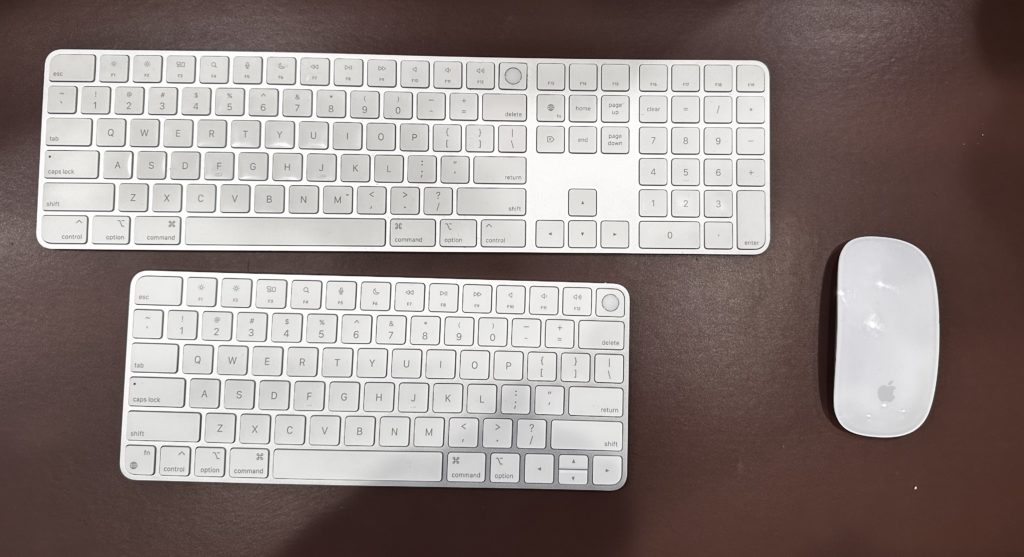
I’ve been trying a physical keyboard again.
For years, I’ve had this strange relationship with clicky keyboards. I love the idea of them. The satisfying sound, the mechanical precision, the cool factor. But when I try to use one long-term, it never quite clicks. (See what I did there?) I inevitably fall back into the arms of Apple’s slim, quiet keyboard with Touch ID and that dedicated dictation button. It’s just so damn convenient.
That said, I’ve held on to one mechanical keyboard through all the purging: the Keychron Q1 Pro. This thing is a tank. It’s made of aluminum and weighs enough that I’ve occasionally considered it might double as a home defense device. It looks fantastic on my desk. And unlike most of the mechanical keyboards I’ve tried in the past, this one has Bluetooth, so I don’t have to run a cable across my desk like it’s 1987.
I’ve had it out for the past three days, and it’s been…pretty great?
I used the Keychron Launcher web app to rewire a bunch of key settings—something that used to be a pain but is now surprisingly simple. I even swapped the switches and keycaps ages ago based on a recommendation from Myke Hurley. I couldn’t tell you what I installed; only that it feels nice and sounds satisfyingly clicky.
Still, not having Touch ID is a friction point. Right now, I’m handling authentication by typing my password or letting my Apple Watch unlock things for me. It works, but it’s not as seamless as a fingerprint authentication. On the flip side, however, I’ve got some pretty great remapping on this keyboard that is not possible with Apple’s Magic Keyboard.
Mechanical keyboards, in my experience, are an all-or-nothing kind of thing. Either you fall in love instantly, or you start bargaining with yourself about what you’re gaining versus what you’re losing. For me, it’s always been the latter.
So, we’ll see. The Keychron Q1 Pro has earned a spot on my desk — for now. But I’m not holding my breath that it’ll still be here in a week. Like I said, this kind of keyboard has always been a slow burn for me. And I’m just not sure clicky love works that way.


